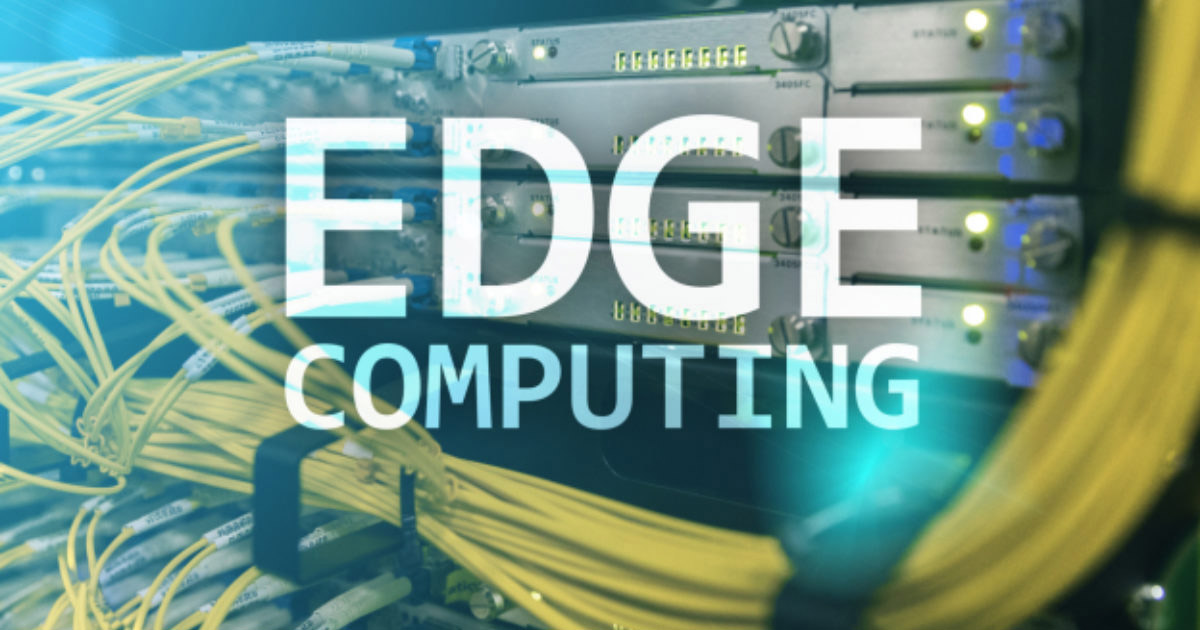Last updated on May 11th, 2024 at 12:34 pm
The world has introduced a new paradigm in the domain of distributed computing, edge computing, in recent years. Indeed, the possibilities for handling, such as deferment space, have never been greater. This paradigm, which involves transferring computational resources to the devices that create data rather than creating data transfers to such data, cannot be achieved without a reduction in delay, transmission bandwidth, or dependency from the highly centralized data centers that manage all such resources. The semi-permeation pressures and the amount of these distributed systems require extensive testing in applications of reliability, security, and efficiency such types of transfer are susceptible, although the importance of cyber security testing companies is unfeasible; thus, we must examine the specifics of the tests on edge computing.
Understanding Edge Computing
Edge computing is a computing procedure in which data is managed near its location at the edge of a network, rather than remaining dependent on a centralized data-processing warehouse. This means that computing tools, such as servers, storage, and networking equipment are set up nearer to the data-generating device or sensor. It is an effort to reduce the amount of data that must be transmitted to a warehouse to facilitate real-time abilities in conditions where maintaining such control is not logistically possible.
Challenges in Edge Computing Testing
However, edge computing, with all its possible advantages, is an even greater test problem. First and foremost, it differs from the centralized model in that it has a much larger number of devices: the edge is all devices connected to the distributed network and performing certain calculations, each of which has limited competencies. This implies that it is necessary to validate a variety of components of the edge system: hardware devices, software applications, network substructure, and data management algorithms. The same can be said about security: when processing the data occurs in a dispersed manner, the memory itself remains present on the devices, on which attackers can have compulsory control access.
Key Considerations in Edge Computing Testing
1. Latency testing. The latency testing introduced by the edge computing infrastructure is vital to determine the time that data takes to be processed. Latency questions to be answered are the time taken by the data to reach a computing resource and back from the edge device and the time taken to calculate and convert data and link with the network.
2. Scalability Testing: Edge computing systems require the flexibility to grow and shrink as workloads and data volumes change over time. Scalability testing assesses whether the edge device and infrastructure’s growth capacity can withstand increasing workloads while maintaining performance and dependability. Scalability testing may include stress, load testing, and capacity planning to determine when bottlenecks or resource shortages may occur.
3. Reliability Testing: Another important aspect to consider when testing an edge computing system is its reliability. This facet ensures that the system operates continuously with the least possible downtime. The testing process evaluates the system’s endurance and resilience, as well as the ability to recover from errors. Moreover, reliability testing checks error tolerance and distributed node performance consistency.
4. Security Testing: Security of an edge computing environment is of the spirit to protect the solution against threats, risks, and vulnerabilities. Therefore, security testing ensures that the risks regarding data privacy, encryption, invasive detection, authentication, and authorization are reduced. Cybersecurity testing companies integrate the role of performing vulnerability assessment and penetration testing, and compliance auditing to improve the security of an edge computing environment.
The Role of Cyber Security Testing Companies
As the name suggests, cyber security testing companies focus on evaluating the safety of IT systems, networks, and applications, such as edge computing environments. These organizations use top security officers, moral hackers, and dedicated tools to identify security vulnerabilities and evaluate the level of risk, recommending corresponding remediation steps. Through cooperation with cyber security testing companies, enterprises can enhance the security of their edge computing deployments and prevent cyber threats.
Conclusion
Edge computing has the potential to comprehend real-time data processing, and low-latency applications, and improve user skills. Nonetheless, the reliability and safety of the edge computing system have to be authenticated and tested rigorously. The role of cyber security testing companies is critical in evaluating edge computing environments’ security readiness and protecting them from cyber threats. It is possible to build an edge computing infrastructure that is reliable and trusted by users and ensures that organizations reduce exposure by focusing on the several considerations discussed above, such as latency, scalability, reliability, and security.



